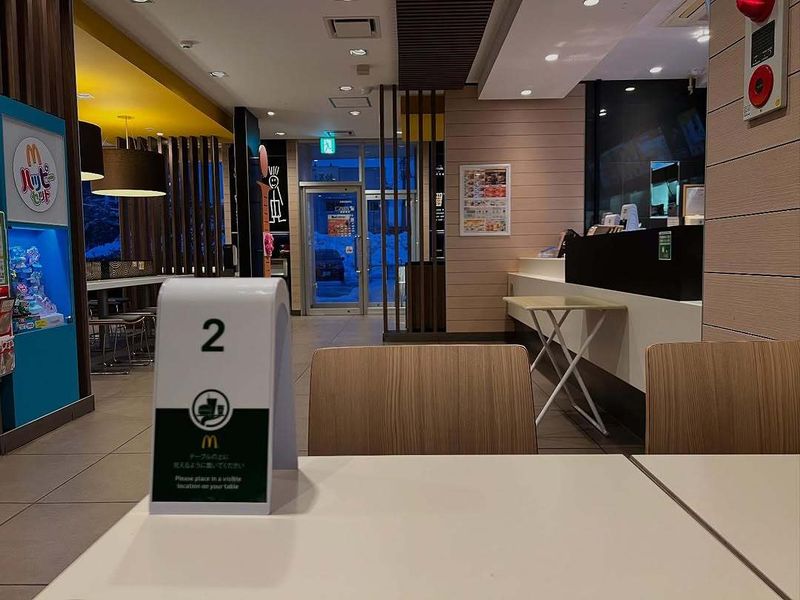Apr 12, 2025
A look at the "Big Mac Index" for how cost-effective Japan's trains are
Ever heard of the Big Mac Index? It's a fairly informal economic indicator created by The Economist back in the 1980s. Put simply, it uses the price of a Big Mac in different countries to compare the purchasing power parity (sometimes referred to as PPP) between currencies. Since the Big Mac is produced and sold in many countries in a fairly standardized way, it's a handy tool to assess cost levels.

The Big Mac index is often used to calculate the purchasing power parityof countries through burgers, but the overall principle can be applied to other things, like train fares in this instance!
A recent study used these principles to assess train fares among G7 countries, which includes Japan, Canada, France, Germany, Italy, the United Kingdom, and the United States. The cost was examined based on fares for stretches of railways in large cities from these countries of about 16 to 20 kilometers.
The highest priced of the list (when adjusted for exchange rates) was the United States, coming in at close to 1700 yen. Japan was the most reasonably priced of the 7, with an average fare of 320 yen.
I thought it was a good reminder of how trains are likely used here so much because they are fairly easy on the wallet. I can't imagine regularly paying the equivalent of almost 1700 yen in the US for a similar distance--doing that over the course of a work week would feel really prohibitive.
How do you feel public transport fares are priced in your country of origin? Do you use public transport more here because the prices are relatively reasonable?



0 Comments